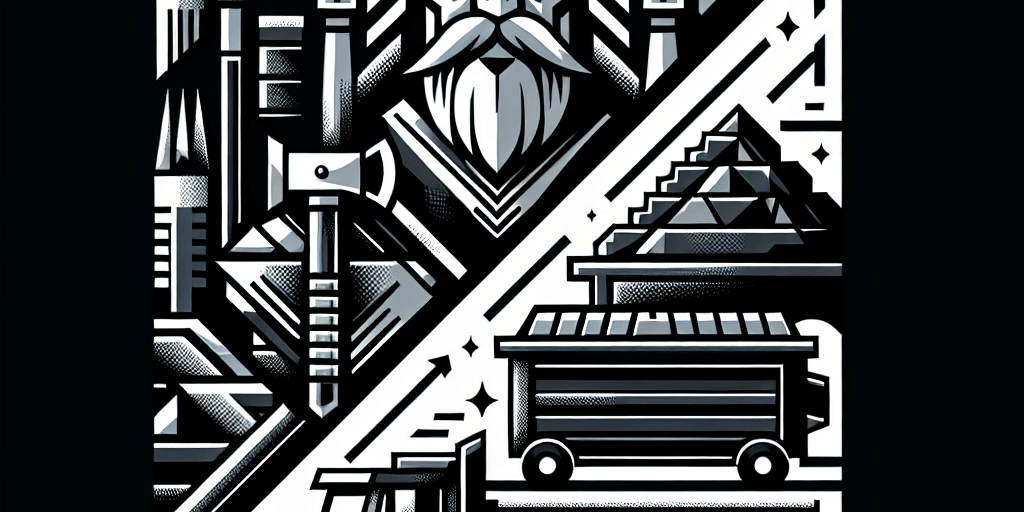Hoarding vs. Collecting: A Guide for Homeowners
Introduction
Picture this: a sunny afternoon in the Harding Neighborhood, where kids laugh and play outside Harding Elementary School, and neighbors greet each other warmly as they tend to their homes. For many, this close-knit community is a source of pride—a haven of comfort and connection. But what happens when a home, instead of being a sanctuary, starts to feel overwhelming?
The difference between hoarding and collecting is more than semantics—it’s about creating and maintaining a living environment that supports well-being, not just for yourself but for the entire community. For homeowners, understanding this distinction is key to ensuring that a beloved neighborhood like Harding remains safe, welcoming, and strong.
Defining Collecting
Collecting is a purposeful pursuit, an expression of personal taste and passion. Whether it’s memorabilia from local El Cerrito events, cascading frames of Bay Area artwork, or vintage treasures unearthed at neighborhood markets, collecting is often driven by enjoyment and a sense of pride.
Healthy collecting habits are characterized by organization and intentionality. Items have a defined place, are thoughtfully curated, and often bring joy to not just the collector but anyone who visits. It’s a practice that celebrates memories, aesthetics, and unique stories, making a house feel more like home.
Understanding Hoarding
Hoarding, on the other hand, is a psychological condition that goes beyond taking pleasure in possessions. Rooted in anxiety or other mental health challenges, hoarding involves an intense difficulty in parting with items, even those that may seem insignificant or useless to others.
Unlike collecting, it’s not about admiration or purposeful displays—it’s often about fear, vulnerability, or a perceived need for control. Items can accumulate to the point of overtaking living spaces, creating clutter that poses health and safety risks. It’s a challenge that can touch any household, no matter the zip code, neighborhood, or family structure.
While some might dismiss hoarding as simply a “bad habit,” it’s important to approach the topic with empathy. Like any struggle, hoarding requires support, patience, and understanding—not judgment.
Key Differences Between Hoarding and Collecting
Let’s break it down further:
| Aspect | Collecting | Hoarding |
|---|---|---|
| Intent | Expresses passion, interests, or nostalgia | Often stems from anxiety, fear, or emotional attachment to items |
| Organization | Items are neatly stored, displayed, or cataloged | Items are cluttered, disorganized, and often inaccessible |
| Emotional Response | Brings joy and satisfaction | Triggers stress, overwhelm, and distress at even the thought of decluttering |
| Impact on Living Space | Enhances surroundings, offering charm and personality | Obstructs living areas, creating safety and hygiene concerns |
By understanding these contrasts, we can begin to assess whether we—or someone we care about—might be moving from collecting into hoarding territory.
Impact of Hoarding on Home and Community
The effects of hoarding stretch far beyond crowded rooms. In homes, excessive clutter can become a fire hazard, invite pests, and even cause structural damage due to weight or blocked vents. These scenarios not only affect the hoarder but also pose risks to neighboring homes.
In a tight-knit area like the Harding Neighborhood, hoarding can alter the aesthetics and property values of entire streets. Furthermore, the strain of seeing a neighbor in distress can ripple through the community, challenging the very sense of connection and cooperation that makes the area special. Addressing hoarding isn’t just about maintaining a home—it’s about supporting a vibrant, safe neighborhood.
Local Regulations and Community Resources
In most areas, property maintenance regulations are in place to ensure safety and well-being. These include ordinances that address hazards caused by excessive clutter and require homeowners to maintain properties free from risks like fire or pest infestation.
El Cerrito and Alameda County offer services aimed at addressing hoarding. There are support groups, mental health professionals, and local organizations ready to help individuals take that crucial first step. Remember, these resources exist not as punishment but as tools for growth and recovery.
When and How to Seek Help
Recognizing when professional help is needed is a critical step. If you or someone you know is struggling with hoarding, start with a compassionate conversation. Frame help as an opportunity for relief rather than correction.
The process often begins with mental health professionals who can address the root cause. From there, services like Sons of Odin Hauling can step in to make the physical burden of cleanup more manageable. Tackling the issue as a team—with mental health support and experienced cleanup specialists—ensures a holistic path to reclaiming both space and peace of mind.
Sons of Odin Hauling’s Role in Supporting the Harding Neighborhood
At Sons of Odin Hauling, we understand that dealing with hoarding situations requires sensitivity, discretion, and expertise. Our team excels at creating solutions tailored to each family’s needs, whether that’s through waste hauling, dumpster rentals, or skilled bobcat/skid-steer services to handle tougher jobs.
What sets us apart is our respect for the community we serve. As members of the Harding Neighborhood and greater El Cerrito area, we value partnerships that enrich local lives—whether helping homeowners regain control of their homes or supporting events and initiatives at places like Harding Elementary School.
Conclusion
The line between collecting and hoarding may seem thin, but understanding the difference can transform not only individual homes but entire communities. By recognizing and addressing hoarding, we make room for healthier lives, stronger neighborhoods, and renewed joy in the spaces we call home.
At Sons of Odin Hauling, we’re here to help. Whether you’re dealing with a hoarding challenge or simply need to clear some space, our team is ready to tackle the heavy lifting so you can focus on what matters most. Give us a call—you’re not alone on this journey. Let’s start building a cleaner, safer tomorrow together.






